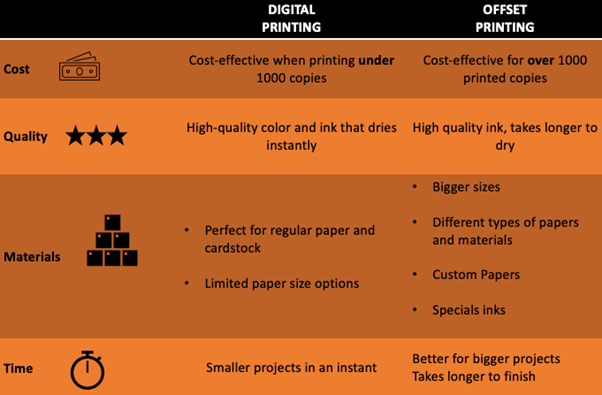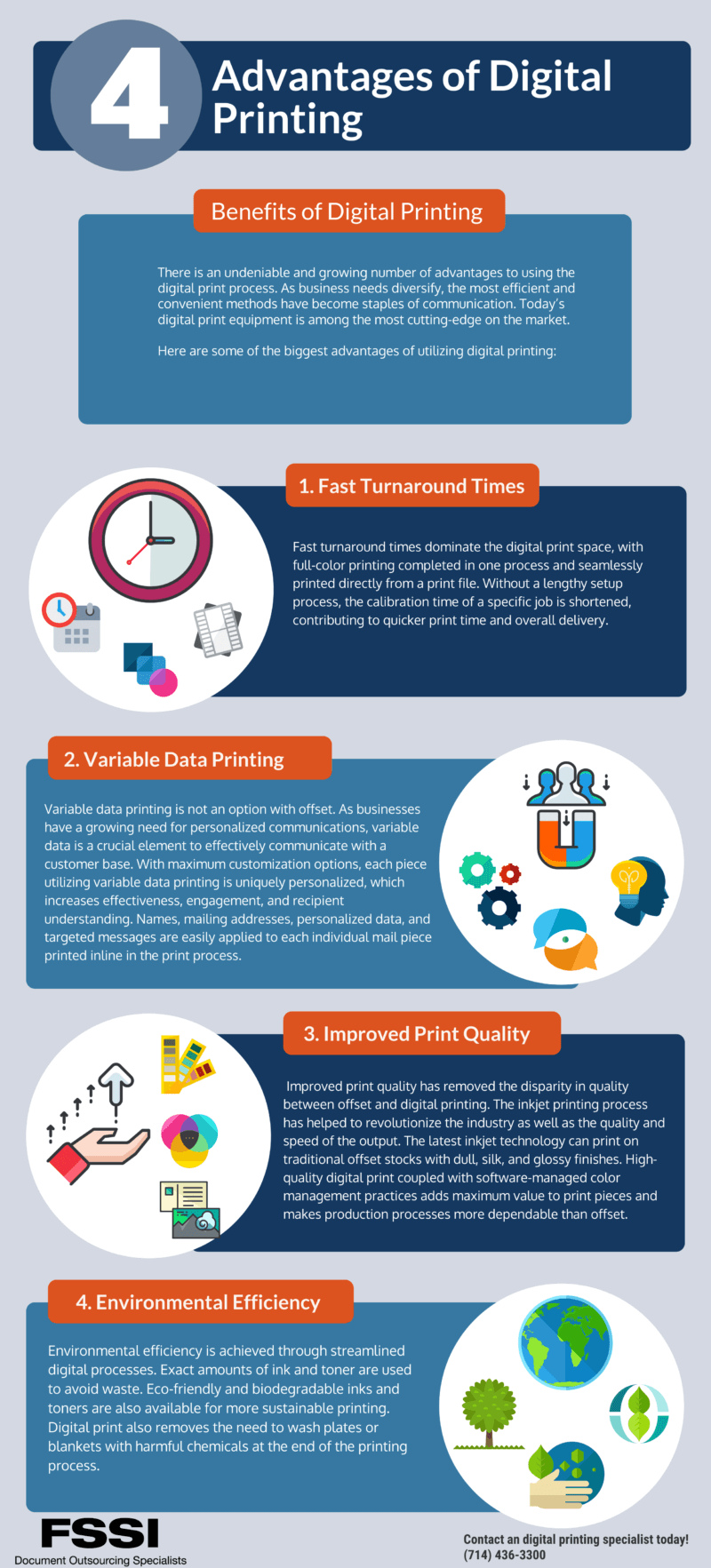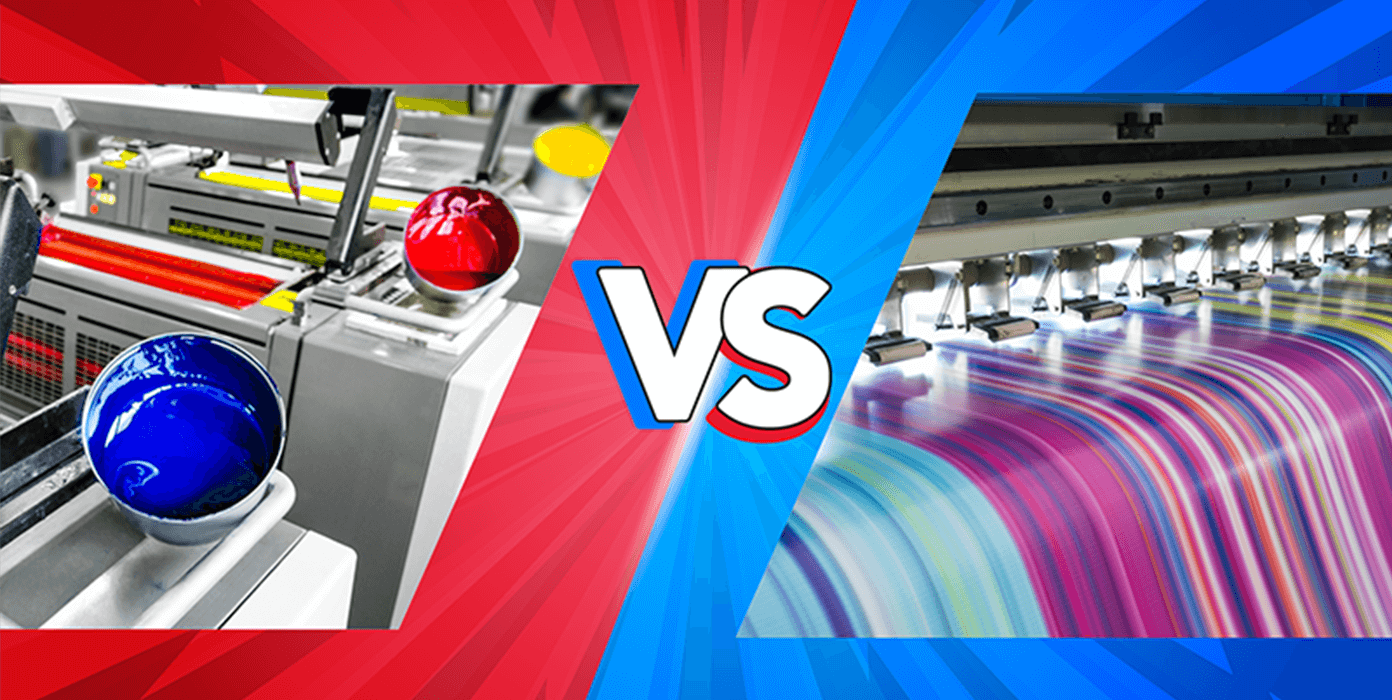How is Offset Paper Adapting to Digital Transformation?
Offset Paper Digital Transformation: Navigating the Digital Evolution in the Print Industry
The offset paper industry is no stranger to change, and the digital transformation currently underway is reshaping the landscape in unprecedented ways. As technologies continue to advance, offset paper businesses must adapt to stay ahead of the curve and leverage digital tools for growth, efficiency, and ultimately, long-term success.
How is digital transformation shaping the landscape of the offset paper industry?
Digital transformation is revolutionizing the offset paper industry in several key ways. First and foremost, it is enabling businesses to streamline their operations, reduce costs, and enhance overall efficiency. By embracing digital technologies, offset paper companies can automate various processes, such as pre-press and production, resulting in faster turnaround times and increased productivity.
Furthermore, digital transformation is driving innovation in product offerings. It has opened up new possibilities for customization and personalization, allowing businesses to cater to the unique needs and demands of their customers. From variable data printing to targeted marketing campaigns, digital technologies enable offset paper businesses to deliver highly tailored and impactful solutions.
What are the key innovations driving digital transformation in the print sector?
Several key innovations are driving digital transformation in the print sector, and offset paper businesses need to stay abreast of these advancements to stay relevant.
One such innovation is digital printing technology. Digital printing offers numerous advantages over traditional offset methods, including faster turnaround times, lower setup costs, and the ability to handle short print runs and variable data printing. These capabilities allow offset paper businesses to cater to a wider range of customer needs and deliver high-quality, customized products with ease.
Additionally, automation and web-to-print solutions are transforming the way offset paper businesses operate. Implementing automation in various stages of the production process, such as file processing and finishing, can significantly enhance efficiency and reduce errors. Web-to-print solutions, on the other hand, enable customers to submit and manage print orders online, providing 24/7 accessibility and faster turnarounds.
How can offset paper businesses leverage digital technologies for growth and efficiency?
To leverage digital technologies for growth and efficiency, offset paper businesses must first embrace the digital mindset and commit to adopting digital tools and strategies. Here are some key steps they can take:
- Invest in digital printing technology: Transitioning from offset to digital printing can unlock new opportunities for growth and customization. Investing in high-quality digital presses will enable businesses to deliver exceptional color, shorter print runs, and faster turnaround times.
- Implement automation: Automating various stages of the production process, such as pre-press, file processing, and finishing, can significantly improve efficiency and reduce errors. By reducing manual interventions, businesses can streamline operations and optimize resource allocation.
- Explore web-to-print solutions: Web-to-print solutions empower customers to submit and manage print orders remotely. This not only enhances accessibility and convenience but also ensures faster turnarounds and improved customer satisfaction.
- Embrace data analytics: Leveraging data and analytics is key in the digital era. By analyzing customer behavior, market trends, and production efficiency, offset paper businesses can make data-driven decisions and continuously improve their operations.
- Adapt to changing customer demands: Digital transformation has opened up new possibilities for customization and personalization. Offset paper businesses must be agile and responsive to changing customer demands, offering tailored solutions and experiences to stand out from the competition.
In conclusion, digital transformation is reshaping the offset paper industry in profound ways. By embracing digital technologies, businesses can streamline operations, offer customized solutions, and gain a competitive edge. It is imperative for offset paper businesses to navigate this digital evolution to thrive in an increasingly digital-driven future.
Tables
Table 1: Comparison of Offset and Digital Printing
| Criterion | Offset Printing | Digital Printing |
|---|---|---|
| Setup Cost | High | Low |
| Turnaround Time | Longer | Faster |
| Print Quantity | High | Low to Moderate |
| Customization | Limited | High |
| Variable Data Printing | No | Yes |
Table 2: Benefits of Digital Printing in Offset Paper Industry
| Benefit | Description |
|---|---|
| Faster Turnaround Times | Digital printing allows for quicker production and delivery of print materials. |
| Lower Setup Costs | Digital printing eliminates the need for traditional printing plates, reducing setup costs. |
| Variable Data Printing | Digital printing enables personalized and customized printing with variable data capabilities. |
| Short Print Runs | Digital printing is more cost-effective for smaller, targeted print runs. |
| Exacting Color Reproduction | Digital printing provides precise color matching and reproduction. |
| On-Demand Printing | Digital printing allows for printing on demand, reducing inventory and waste. |
| Reduced Environmental Impact | Digital printing consumes less energy and produces less waste compared to traditional offset printing. |
Note: The tables above provide a visual representation of the data discussed in this article, highlighting the key points and benefits.
FAQs about Offset Paper Digital Transformation:
How is digital transformation shaping the landscape of the offset paper industry?
To adapt to digital transformation, offset paper businesses are streamlining operations, reducing costs, and enhancing efficiency through automation and customization capabilities.
What are the key innovations driving digital transformation in the print sector?
Digital printing technology, automation, and artificial intelligence are pivotal innovations driving digital transformation in the print sector, offering faster turnaround times, enhanced efficiency, and data-driven decision-making processes.
How can offset paper businesses leverage digital technologies for growth and efficiency?
By investing in digital printing technology, implementing automation, exploring web-to-print solutions, embracing data analytics, and adapting to changing customer demands, offset paper businesses can leverage digital technologies for growth, efficiency, and competitiveness in the market.
In conclusion, digital transformation is reshaping the offset paper industry with innovation and efficiency. Transitioning to digital printing presents challenges and opportunities for growth. Implementing automation and digital solutions can optimize operations. Offset paper businesses must adapt to thrive in the digital evolution.





